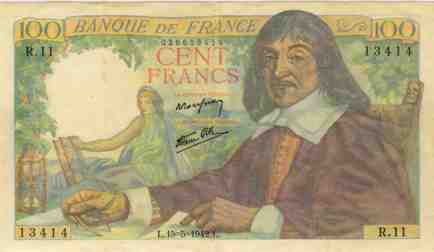
For Aristotle, the most striking aspect of nature was change. He argued that to understand change a distinction must be made between the form and matter of a thing. Aristotle studied movement as a kind of change and wrote about the movement of Heavenly bodies. He held more accurate theories on some optical concepts than other philosophers of his day. The earliest known written evidence of a camera obscura(dark chamber) can be found in Aristotle's documentation of such a device in 350 BC in Problemata.
Aristotle (384 BC – 322 BC) a Greek Philosopher, educator and scientist was one of the greatest and most influential thinkers in Western culture. Aristotle and his teacher Plato are considered to be the most important ancient Greek philosophers.
Democritus (ca. 460 BC – ca. 370 BC) was an ancient pre-Socratic Greek philosopher known for being the first person for putting his ideas about atoms, thereby formulating a rudimentary atomic structure of the ‘cosmos’. Democritus was also a pioneer of mathematics and geometry in particular. He was among the first to observe that a cone or pyramid has one-third the volume of a cylinder or prism respectively with the same base and height. Democritus held that the Earth was round, and stated that originally the universe was composed of nothing but tiny atoms churning in chaos, until they collided together to form larger units - including the earth and everything on it.
René Descartes (1596 – 1650) was a French philosopher, mathematician, physicist and has been dubbed the "Father of Modern Philosophy”. Descartes' influence in mathematics is so apparent; the Cartesian coordinate system – allowing geometric shapes to be expressed in algebraic equations – was named after him. He is credited as the father of analytical geometry. Descartes was also one of the key figures in the Scientific Revolution and is best known for the philosophical statement "Cogito ergo sum" ( I think, therefore I am). Descartes' theory provided the basis for the calculus of Newton and Leibniz, by applying infinitesimal calculus to the tangent line problem. Descartes' rule of signs is also a commonly used method to determine the number of positive and negative roots of a polynomial.

Descartes is featured on this 100 Francs French banknote of 1942
Democritus on the 100 Greek Drachma (1967 issue)
Aristotle on 10,000 Drachma banknote of Greece from 1948.
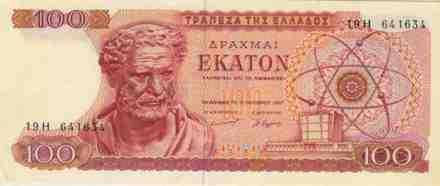
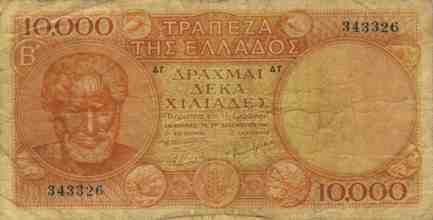
Nicolas Copernicus (1473 – 1543): A polymath, he was the first astronomer to formulate a comprehensive heliocentric cosmology, which displaced the Earth from the center of the universe. His work stimulated further scientific investigations, becoming a landmark in the history of science that is often referred to as the Copernican Revolution. Poland's 1000 Zloty from 1965 and 1982 featured Copernicus.
Ruđer Bošković (1711–1787) was a physicist, astronomer, mathematician, philosopher from Croatia. He is famous for his atomic theory and made many important contributions to astronomy, including the first geometric procedure for determining the equator of a rotating planet from three observations of a surface feature and for computing the orbit of a planet from three observations of its position. In 1753 he also discovered the absence of atmosphere on the Moon. For his contributions to astronomy, the lunar crater Boscovich was named after him. His philosophy has inspired many greats like Nikola Tesla and Lord Kelvin.
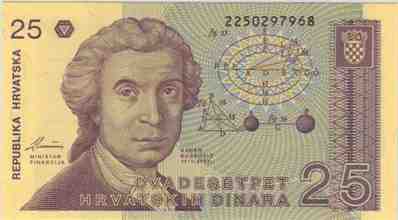
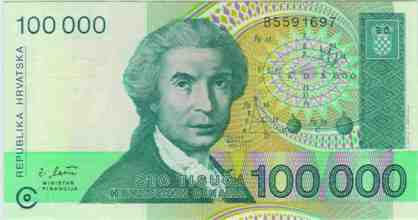
Christiaan Huygens (1629 - 1695) was a prominent Dutch mathematician, astronomer, physicist, horologist, and writer of early science fiction. His work included early telescopic studies elucidating the nature of the rings of Saturn and the discovery of its moon Titan, the invention of the pendulum clock and other investigations in timekeeping, and studies of both optics and the centrifugal force.
Huygens is popular for his argument that light consists of waves, now known as the Huygens–Fresnel principle, which became instrumental in the understanding of wave-particle duality. He generally receives credit for his discovery of the centrifugal force, the laws for collision of bodies, for his role in the development of modern calculus and his original observations on sound perception. Huygens is seen as the first theoretical physicist as he was the first to use formulae in physics.
Ole Rømer (1644 – 1710) was a Danish astronomer who in 1676 made the first quantitative measurements of the speed of light. Rømer also developed one of the first temperature scales. Fahrenheit visited him in 1708 and improved on the Rømer scale, the result being the familiar Fahrenheit temperature scale still in use today in a few countries. Rømer also invented the Meridian circle, the Altazimuth and the Passage Instrument used in astronomy.
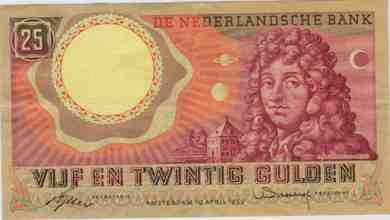
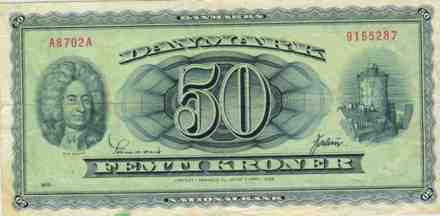
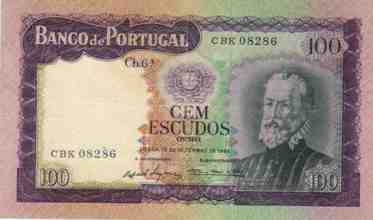
Pedro Nunes (1502-1578) was a Portuguese mathematician and cosmographer. Nunes, considered to be one of the greatest mathematicians of his time is best known for his contributions in the technical field of navigation, which was crucial to the Portuguese period of discoveries. He was the first to propose the idea of a loxodrome (a line crossing all meridians of longitude at the same angle) and was also the inventor of several measuring devices, including the nonius( predecessor to the Vernier Callipers). Most of Nunes' achievements were possible because of his profound understanding of spherical trigonometry and his ability to transpose Ptolemy's adaptations of Euclidean geometry to it.
Le Verrier on 50 French Francs
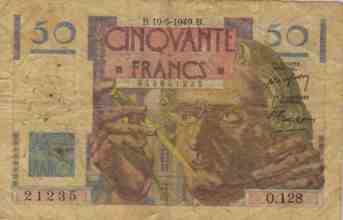
Urbain Le Verrier (1811 – 1877) was a French mathematician who specialized in celestial mechanics. Le Verrier's most famous achievement is his prediction of the existence of the then unknown planet Neptune, using only mathematics and astronomical observations of the known planet Uranus.
Julio Garavito Armero (1865 –1920) was a Colombian astronomer who did many useful scientific investigations such as studies about the comets which passed by the Earth between 1901 and 1910 and the 1916 solar eclipse (seen in the majority of Colombia). But perhaps the most important were his studies about celestial mechanics, which finally turned into studies about lunar fluctuations and their influence on weather, floods, polar ice, and the Earth's orbital acceleration. He worked also in other areas such as optics. A crater on the Moon's far side is named Garavito after him.
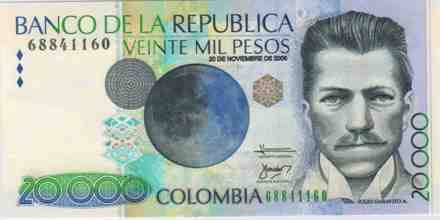
Jurij Vega (1754 – 1802) was a Slovene mathematician, physicist and artillery officer. Although he worked in the subjects of ballistics, physics and astronomy, his major contributions are to the mathematics of the second half of the 18th century. Vega published a series of books of logarithm tables. An asteroid 14966 Jurijvega, discovered on July 30, 1997, is named after him.
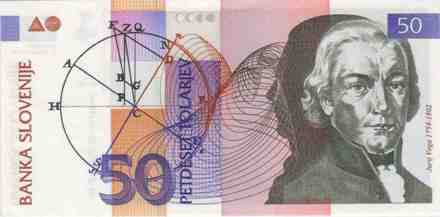
Jorge Juan y Santacilia (1713 – 1773) was a Spanish mathematician, scientist, naval officer, and mariner who invented many astronomical and navigational instruments.
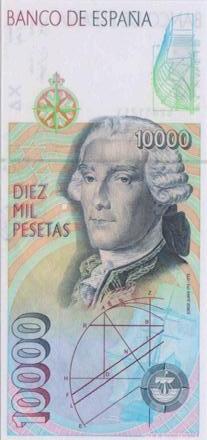
Galileo Galilei (1564 – 1642) was an Italian physicist, mathematician, astronomer, and philosopher who played a major role in the Scientific Revolution. His achievements include improvements to the telescope and consequent astronomical observations, and support for Copernicus’s heliocentric theory that was controversial during his lifetime. Galileo has been called the "father of modern observational astronomy,"
His contributions to observational astronomy include the telescopic confirmation of the phases of Venus, the discovery of the four largest satellites of Jupiter (named the Galilean moons in his honour), and the observation and analysis of sunspots. Galileo also worked in applied science and technology, inventing an improved military compass and other instruments.
About 1593, Galileo constructed a thermometer, using the expansion and contraction of air in a bulb to move water in an attached tube.

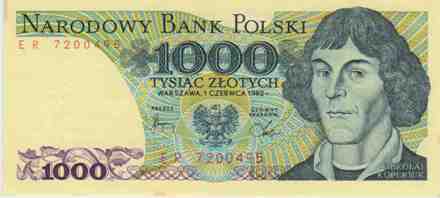
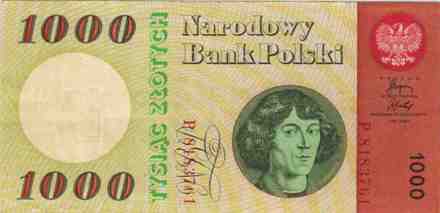
“Nature and Nature’s laws lay hid in Night, God said, let Newton be and all was Light”
A Pope said of Newton:
Sir Isaac Newton (1643 - 1727) was an English physicist, mathematician, astronomer, natural philosopher, alchemist, and theologian who is considered by many scholars and members of the general public to be one of the most influential men in human history. Newton described universal gravitation and the three laws of motion which have dominated the scientific view of the physical universe.
Newton also built the first practical reflecting telescope and developed a theory of colour based on the observation that a prism decomposes white light into the many colours that form the visible spectrum. He also formulated an empirical law of cooling and studied the speed of sound. In mathematics, Newton shares the credit with Gottfried Leibniz for the development of differential and integral calculus. He also demonstrated the generalised binomial theorem, developed the so-called "Newton's method" for approximating the roots of a function, and contributed to the study of power series.

Luca Pacioli on 500 Lire Italian coin. (pre Euro)
Luca Pacioli (1446?–1517) was an Italian mathematician and priest, collaborator with Leonardo da Vinci, and seminal contributor to the accounting field. He developed the double entry accounting system currently used.
Pascal is honored on the 500 Francs French banknote of 1980.
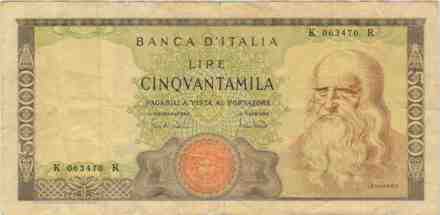
Leonardo da Vinci (1452 – 1519), was an Italian polymath: painter, scientist, mathematician, engineer, inventor, anatomist, sculptor, architect, musician, geologist, botanist and writer. Leonardo is revered for his technological ingenuity. He conceptualised a tank, concentrated solar power, a calculator, the ship’s double hull and outlined a rudimentary theory of plate tectonics. Relatively few of his designs were constructed or were even feasible during his lifetime. As a scientist, he greatly advanced the state of knowledge in the fields of anatomy, civil engineering, optics, and hydrodynamics. During his lifetime Leonardo was valued as an engineer. For much of his life, Leonardo was fascinated by the phenomenon of flight, producing many studies of the flight of birds as well as plans for several flying machines, including a helicopter and a light hang glider.
Blaise Pascal (1623-1662) was a French mathematician and physicist and his earliest work was in the natural and applied sciences where he made important contributions to the construction of mechanical calculators, the study of fluids, and clarified the concepts of pressure and vacuum by generalizing the work of Torricelli. He also wrote an important treatise on the arithmetic of triangles and on the cycloid and its use in calculating the volume of solids. His "Treatise on the Arithmetical Triangle" of 1653 described a convenient tabular presentation for binomial coefficients, now called Pascal's triangle. Pascal's work in the fields of the study of hydrodynamics and hydrostatics centered on the principles of hydraulic fluids. His inventions include the hydraulic press and the syringe. In honor of his scientific contributions, the name Pascal has been given to the SI unit of pressure, to a programming language, and Pascal's law.

Armero on 20000 Colombian Pesos
Aryabhatta Satellite on 2 Indian Rupees
Aryabhata (476–550 CE). Though India has not honoured any of her scientists or mathematicians on banknotes or coins yet, it did feature the satellite named after Aryabhatta on a 2 Rupees note. Aryabhatta was the first in the line of great mathematician-astronomers from the classical age of Indian mathematics and Indian astronomy.
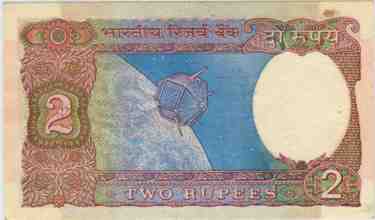
Ambartsumian on 100 Armenian Drams (1998)
Viktor Ambartsumian (1908 – 1996) was a Soviet Armenian scientist, one of the founders of the theoretical astrophysics. He worked in the field of physics of stars and nebulae, stellar astronomy, dynamics of stellar systems and cosmogony of stars and galaxies, contributed to Mathematical physics. Ambartsumian was the founder of Byurakan Observatory in Armenia and a Minor planet 1905 Ambartsumian is named in his honor.
